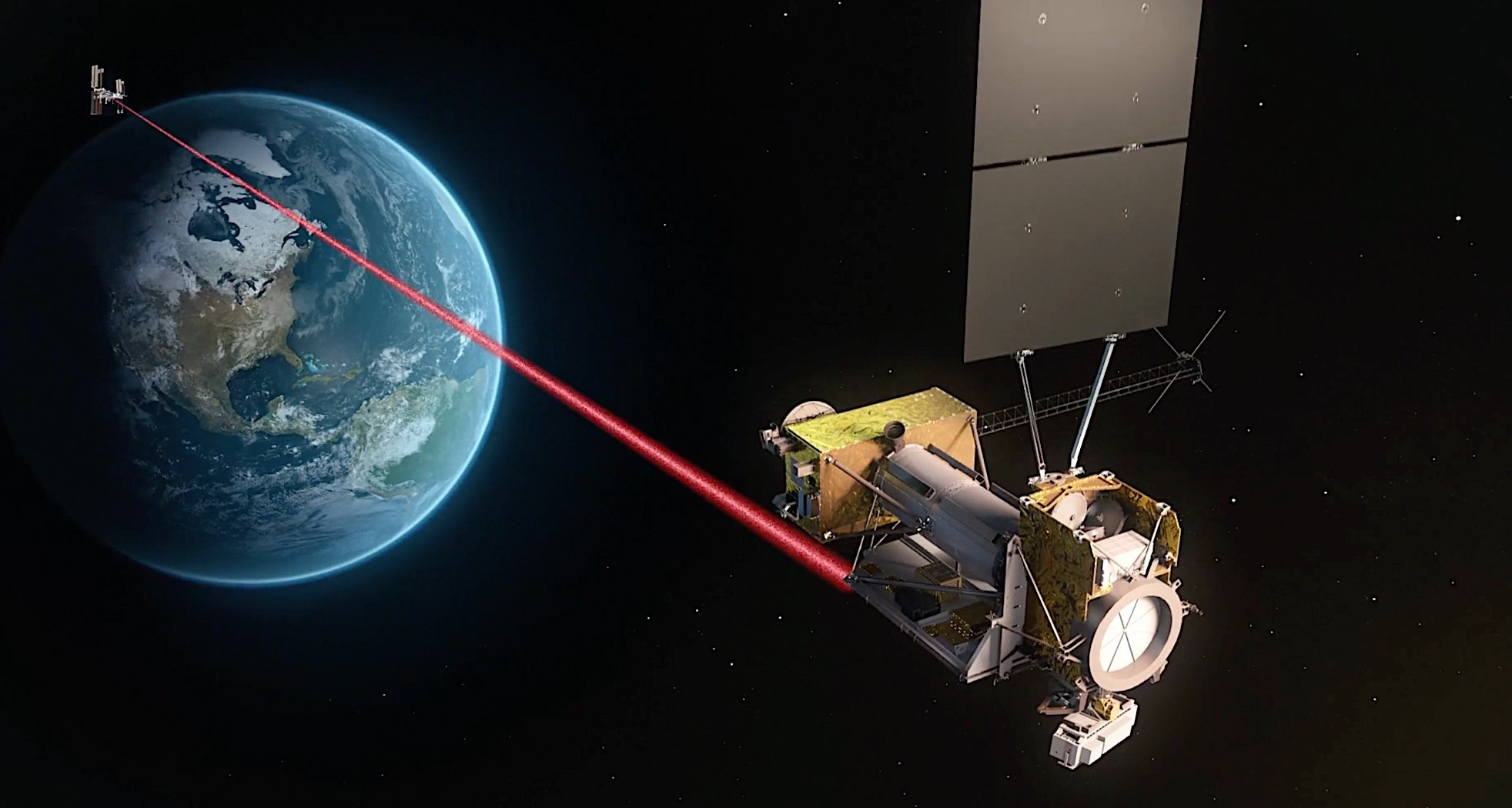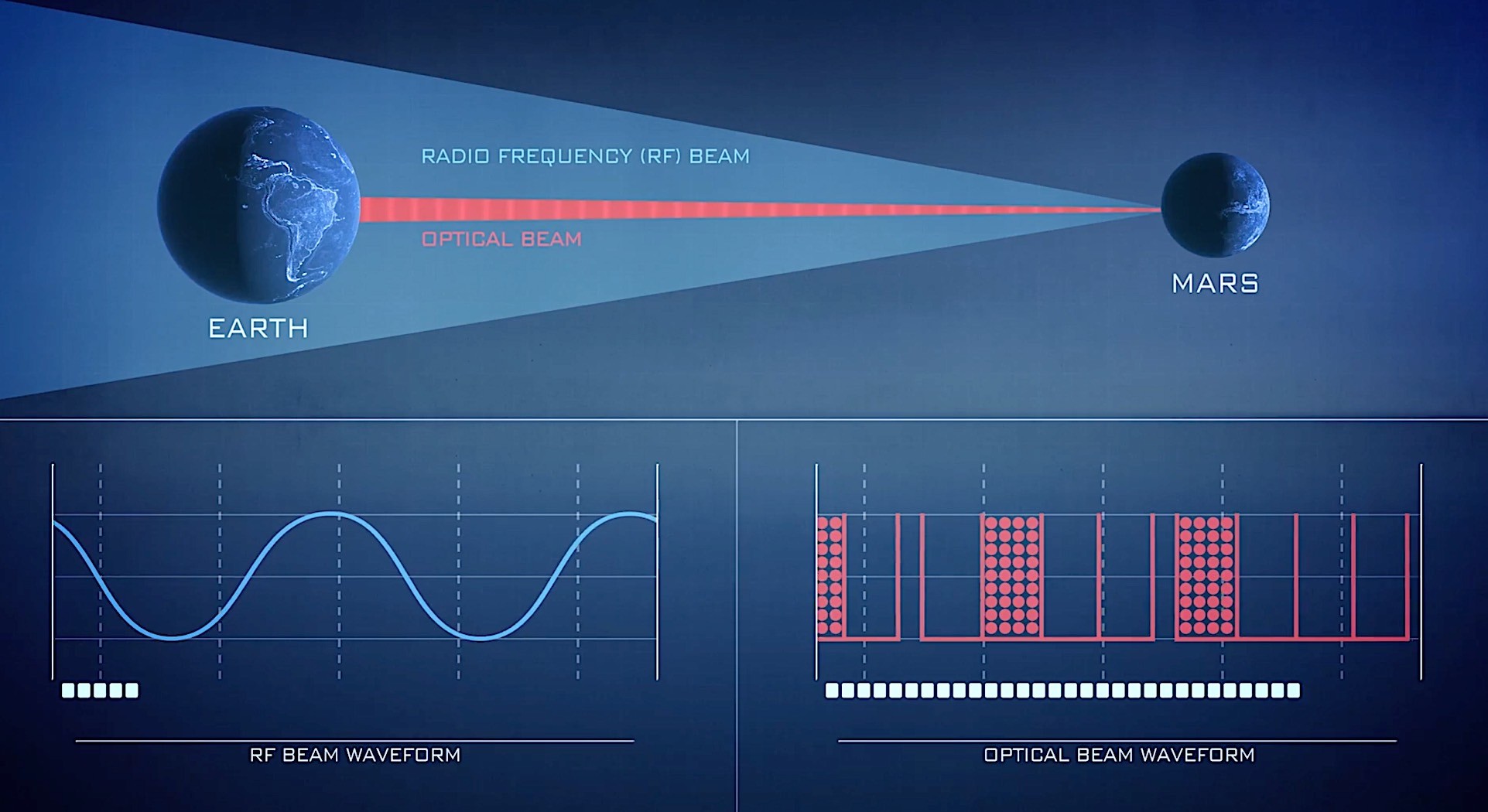Humanity stands at the precipice of a new era of space exploration, with the Moon as our imminent destination and a strategic stepping stone for venturing deeper into the solar system. To realize this ambitious vision, a paradigm shift in communication technology is imperative.
Traditional radio communication, while proven and reliable, has inherent limitations in handling the massive volumes of data generated by sophisticated space missions. To overcome this bottleneck, NASA and other spacefaring nations are aggressively pursuing optical communication, leveraging the immense bandwidth offered by laser technology.

This innovative approach promises to revolutionize how we exchange information across vast cosmic distances. A recent breakthrough was achieved when NASA successfully transmitted a high-definition video between an airborne platform and the International Space Station using laser communication, marking a significant stride towards the realization of this transformative technology.
This achievement underscores the potential of optical communication to become the backbone of future space missions, including the Artemis program and subsequent endeavors to explore the cosmos.
In a groundbreaking experiment that could revolutionize space communication, NASA and the Air Force successfully beamed high-definition video from a plane to the International Space Station (ISS) via a complex network of ground stations and satellites.
This technological feat, achieved using a powerful laser and innovative communication protocols, marks a significant stride towards enabling rapid data transfer and high-quality video streaming between Earth and the Moon, essential capabilities for future Artemis missions.

By harnessing the power of a laser beam, scientists were able to transmit video data at unprecedented speeds, overcoming the limitations of traditional radio frequency communication.
This breakthrough opens new possibilities for real-time interaction between astronauts on the Moon and mission control on Earth, enhancing collaboration and decision-making during critical operations. Additionally, the ability to transmit large volumes of scientific data from the lunar surface will accelerate research and discovery.
The successful demonstration of this technology is a testament to the ingenuity and dedication of the teams involved. As NASA and its partners continue to refine and expand this capability, we can anticipate even more remarkable advancements in space communication, bringing us closer to a future where human exploration of the Moon and beyond is seamlessly connected to our home planet.

